Objectives:
- Create a sustainable tracking and monitoring system to gauge and improve student attendance and engagement.
- Provide Professional Learning for Staff at all levels including education for students, families and the community
- Support sites in reducing overall chronic absence rates and increasing Attendance Rates
- Increase student participation and engagement through an emphasis on building trusting relationships with all of our community members
- Participate in creating an anti-racist culture that promotes and supports our black and brown students to achieve proportionately when compared to their white and asian counterparts
At the site level, Attendance and Engagement Teams will be formed to guide the work at individual schools. The teams are led by the administrator, attended by the district-level CWAS/Supervisor and composed of teachers, office managers, attendance staff and Student Support Center staff. Through twice monthly meetings the team will work to improve attendance and engagement and decrease chronic absence. This work will be one area addressed in the Multi-Tiered System of Supports Framework along with: Academics, Social and Emotional Learning, PBIS and Mental and Physical Wellness. This framework takes into account the whole child in order to achieve the best student outcomes for each and every student.
CWASs will be responsible for the following:
- Assist in establishing Site Engagement and Attendance Team
- Provide detailed data and analytics of attendance and engagement measures
- Determine SMART goals and metrics based on relevant data: chronic absence, attendance rate, engagement, etc.
- Monitor and adjust goals based on data
- Help site team create tiered intervention structure (MTSS Pyramid)
- Provide PL/ IT Support for attendance and engagement data tools
- Attend twice monthly engagement/attendance meetings on each school site
- Collaborate with site level staff to conduct Team Engagement Home Check-ins (District and Site staff)
- Refer to District policies and procedures re: new engagement definition and metrics
- Procure district, county and CDE data, information or support re: attendance and engagement during the distance learning (and blended learning)in the 2020-2021 school year
EARLY WARNING SYSTEM- EIIS: SCUSD, in partnership with UC Merced, has created an early warning system, the color-coded Early Identification and Intervention System (EIIS), which allows staff to identify students based on need and provide strategic interventions early, at the first signs of need. There are four color categories under which a student may fall under: green, yellow, red and purple in three key areas (tabs): Attendance, Behavior and Course Performance. For Attendance specifically, green signifies good attendance 96% or higher, yellow indicates a student is at-risk of becoming chronically absent with 90-95% attendance, chronically absent students are coded red and attend 80-90%, and our severely chronically absent students who attend less than 80% of the time fall into the purple color band. The tool offers a means to monitor the effectiveness of those interventions and review and adjust as needed for each student. EIIS is used bi-weekly, at a minimum, at the school site level. Student needs and support are then discussed at multidisciplinary meeting (MDT). Based on the review of EIIS data, action plans are developed which include site-level system and intervention protocols, intervention assignments, monitoring progress, case management, and Attendance Team goals. Reflecting the district’s commitment, the attendance tab was the first that was fully developed and utilized by district staff.
The EIIS tool is used to identify students when they first begin to struggle. Reports are prepared and monitored to identify students who have moved color bands, focusing on yellow (Tier 1, 2): Who has not received an intervention? Whose attendance/engagement has declined? Who has improved? The Intervention should be swift when a student’s attendance/engagement declines to yellow. Prevention work is based on a combination of historical red/purple(Tier 2, 3) attendance data as well as engagement during the Distance Learning period during the 2019-2020 school year. Utilizing past year end-of-year data, school staff data provide targeted outreach to identified students: phone calls, home visits, parent meetings, etc. prior to the first day of school.
At the beginning of the school year, the Attendance and Engagement Team will create a site-specific Multi-Tiered System of Support model, including the interventions and resources available at that site to be utilized when assigning interventions. This framework is being adopted district-wide. Collectively, Teams create and monitor data-informed attendance and engagement goals, review and analyze current data and trends, plan and discuss Tier I whole school climate/culture initiatives, and assign and/or monitor Tier II and Tier III student-level interventions. The district-level CWAS will provide regular reports, district updates, technical assistance and ongoing support in providing outreach and interventions to students in need.
Teams complete an Attendance Support Program Progress Assessment twice a year to self-assess 25 attendance improvement components categorized by: Attendance/Team Systems, Prevention & Intervention, Data & Data Analysis, Messaging, Professional Learning, and Budget. This is a way to measure the fidelity of implementation and Teams hold themselves accountable to their students.
Our office is also responsible for the engagement focused communication to families through the district’s partnership with Harvard Researcher, Todd Rogers’ organization, EveryDay Labs. This program targets Tier III and Tier IV students to provide early outreach and “nudge” letters/ text messages. This strategy will enhance the district’s Return Together Program through use of targeted interventions.
Another successful component developed during the current grant period will continue to be supported by the Engagement and Attendance Office. A monthly Peer Learning Network — the Attendance Improvement Movement (AIM) Meeting — is attended by school and district administrators, attendance staff, social workers, and community partners. This space provides an opportunity for staff in all positions to share best practices, analyze data, learn from the experts (Attendance Works) and optimize the systems they oversee. AIM is a continuation and a spinoff of the CALC that was established with the UC Davis Center for Regional Change, starting with five schools. We will continue to operate this meeting in a virtual setting.
This year the New Attendance and Engagement Toolkit will be a comprehensive attendance and engagement manual addressing policies, practices and Tiered Reengagement. We’ve included updated forms and letters that are supportive and completely non punitive. Staff Development will be essential given all of the changes, so all sites have the proper training and tools to implement the new engagement process and MTSS framework.
Students Need Connection
Connectedness is an important protective factor for youth that can reduce the likelihood of poor mental health. Building strong bonds and relationships with adults and friends at school, at home and in the community provides youth with a sense of connectedness. This feeling of connectedness is important and can protect adolescents from poor mental health, and other risks like drug use and violence. Youth need to know someone cares about them. Connections can be made virtually or in person. Schools play an important role in good adolescent mental health. Establishing safe and supportive school environments is an effective way to help youth by connecting adolescents to networks of caring peers and adults. Research shows that students with someone at school who cares about them have better academic performance, health, and behavioral outcomes.What Families and Parents Can Do to Protect Adolescent Mental Health:
- Communicate openly and honestly, including about their values.
- Supervise their adolescent to facilitate healthy decision-making.
- Spend time with their adolescent enjoying shared activities.
- Become engaged in school activities and help with homework.
- Volunteer at their adolescent’s school.
- Communicate regularly with teachers and administrators


